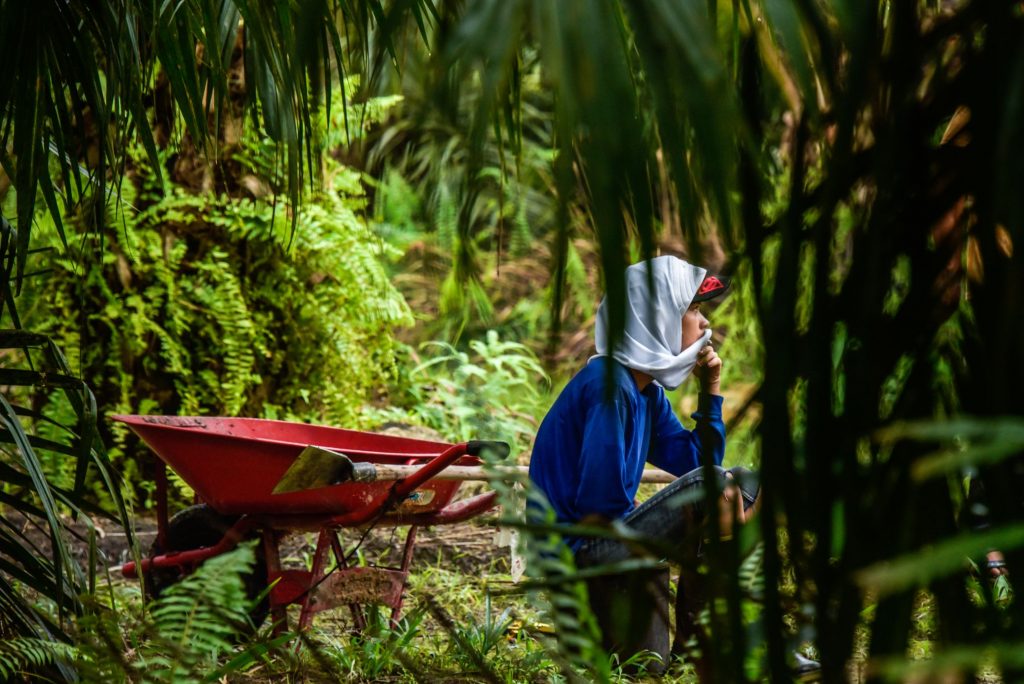Why companies should use this Guidance
Company interest in working at a landscape level to address the loss of forests and other natural ecosystems has skyrocketed. For years, companies have worked to strengthen sourcing policies, procure certified supplies, and trace value chains from source to store. Such work has yielded important benefits. Unfortunately, commodity production continues to drive conversion of forests and other natural ecosystems at alarming rates. There are several reasons for the ongoing loss. For starters, supply chain companies have limited leverage due to poor traceability and dynamic supply relationships. They also find it hard to pass down sustainability messages to small/medium-sized producers and scale action with them. Few companies feel pressure from investors to act quickly. Inadequate integration of corporate sourcing policies with producer country strategies for natural resource governance compounds these challenges, making it hard to scale market approaches. As a result, companies face mounting risks to the continuity of their supply (e.g. as degraded natural lands lose their ability to provide ecosystem services on which agriculture depends), and to their reputations as responsible actors. Corporate leaders now grasp that to meet their own internal sustainability goals, they must embed their supply chain efforts in external collaborative, landscape-scale sustainability efforts that target systemic challenges.
To tackle commodity-driven deforestation at scale, individual businesses – as well as trade associations and platforms such as the Consumer Goods Forum and the Soft Commodities Forum – have begun to incorporate landscape and jurisdictional approaches into their corporate strategies. Such interventions have become widely accepted as the norm. For example, Core Principles of the Accountability Framework include collaboration for landscape and sectoral sustainability, while the Science-Based Targets Initiative shows scope 3 emissions from commodity supply chains as tightly linked with systemic drivers of land use change.
Yet while interest in tackling forest conversion ‘at scale’ has grown, companies still seek “proof of concept” models to follow, replicate, or adapt. Without proven and practical examples, few companies are willing to engage or invest in landscape-scale initiatives. This Guidance seeks to fill this gap by explaining, through a business lens, what companies have done and can do in practice to advance sustainable landscape and jurisdictional initiatives (L/JI)1 in commodity-producing geographies.
Three important caveats
1. L/JIs are neither monolithic nor uniform
The engagement required from the private sector follows from each initiative’s theory of change, and varies by the contours of distinct goals (e.g. eliminate deforestation; certify a produced commodity as 100% sustainable) and strategies (e.g. jurisdiction-wide traceability; payment for performing farmers). In addition, not every participating company needs to undertake the same form of engagement but should choose actions that fit with its corporate strategy. Accordingly, this Guidance does not prescribe specific interventions to any company; rather, it describes a range of interventions that users can filter according to their unique context and priorities.

2. L/JIs are both-and, not either/or.
The following interventions do not and cannot replace the critical work companies must do to rapidly eliminate deforestation and conversion of other natural ecosystems from their supply chains. L/JIs are not an alternative, but rather a complementary strategy to simultaneously address systemic factors that drive conversion in production landscapes. Advancing L/JIs helps strengthen land governance and enable the conditions for deforestation/conversion-free production over the long term.

3. Traditional interventions become more potent when embedded within L/JIs.
Companies have for years undertaken some interventions described below at a site or project level – like those that directly touch the land (e.g. supporting restoration) or directly engage producers (e.g. supporting farmer training) – as part of their
sustainability or supply chain improvement efforts, though rarely as part of a landscape or jurisdictional framework. When aligned with the ambitions of a scaled, multi-stakeholder initiative, these same interventions can leverage partners’ efforts and help to deliver significantly greater impacts.

1 Landscape initiatives and jurisdictional initiatives have at least nuanced differences that are addressed in the Mini Reference Library. However, the fundamentals of these initiatives and the ways in which companies can align with them are similar enough that we lump them together in this guidance as landscape and jurisdictional initiatives (L/JI)